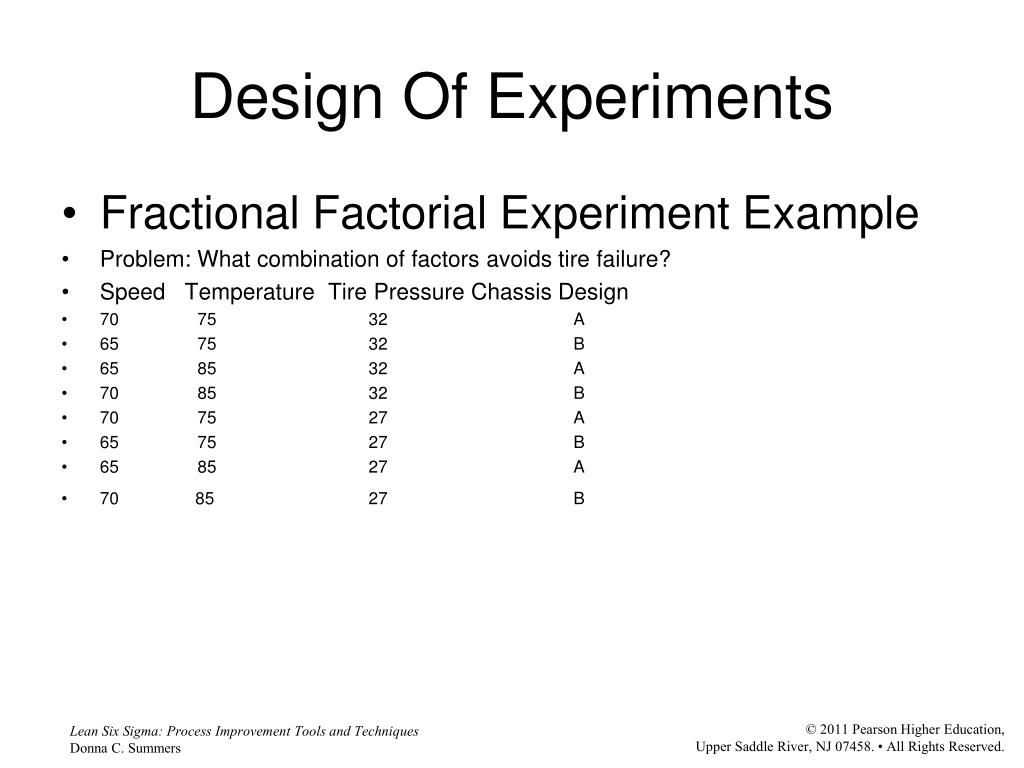Table Of Content

Some companies still operate without a dedicated DesignOps practitioner or team, working around bottlenecks and inefficiencies. I’ve developed a playbook which pulls from a wide range of design and business management principles. The primary focus is always on utilising design practice efficiently and is broken into the five following areas. There’s no bigger value-optimizer and quality-booster than working with actionable data that translates to how you ideate and design your next digital product. Bear in mind that the role of the DesignOps expert depends on the needs, strengths, and weaknesses of a given company and the digital product/service that the team is currently working on.
Design Tech Homes establishing new design center in Hughes Landing - Community Impact
Design Tech Homes establishing new design center in Hughes Landing.
Posted: Tue, 09 Jan 2024 08:00:00 GMT [source]
Elevating Lead Generation Strategies by Leveraging Partnerships
To cope with them, it is necessary to scale the design without creating obstacles for the employees’ work. This approach will allow you to see how the DesignOps engineer is able to solve identified problems. While DesignOps has an impact and solves problems, stage two is still very tactical rather than strategic. The DesignOps team is effective for solving problems and developing short-term solutions, but they don’t have a roadmap or spend little time on long-term goals. DesignOps has become a crucial operational function for many organizations.
What are some of the most interesting design ops works or projects you’ve seen or been a part of?
Without a process you’ll quickly fall off the rope, diving into endless feedback loops from hell and more often than not a massive burnout. Keep an eye out for virtual workshops and conferences focused on DesignOps. Events like the DesignOps Summit and UX conferences often include sessions related to DesignOps practices. You have to determine which part you would want to address, e.g., process standardization, selection of tools, communication improvement, documentation, or a combination of these. If there are quality issues or inconsistencies in design output, DesignOps can help standardize and improve quality.
Program Manager
It determines the right time to bring a designer into the project eliminating the siloed feeling designers get when they become a service, no part of the workflow. They also help grow and evolve design teams by operationalizing workflows. Design operations leads are managing projects, budgets and hiring, not necessarily designing. Your strategies will need to evolve according to external and internal demand.Continuous improvement involves regular reviews and updates to incorporate new insights, technologies, and methods. This includes ongoing assessments of operational efficiency, feedback loops, and keeping track of innovations in business practices. Defining processes and implementing workflows is crucial to ensure consistency in processes to be followed within the design team.
Once you enroll in the course, you will also have exclusive access to the AIGA course community to network, connect, and learn with your peers. Our goal is to share additional resources and offer optional activities to help customize the learning experience to your specific situation. As part of the pilot program, we will offer a few optional live sessions to meet/greet other learners and learn in action through conversations with your design peers.
Creating a communication strategy
In addition to core functionalities, many project time tracking software offer features to monitor progress, identify roadblocks, and optimize resource allocation. It may require that design projects involve cross-functional collaboration between design, development, and other relevant teams. Ensure that all stakeholders are involved in the DesignOps process, as their input is critical for success. The design operation team is also involved in financial management; they often play a critical role in budgeting and managing finances for the design projects. This includes allocating funds for design tools, training, and other resources and tracking and reporting on expenses. 💡 Essential tools for DesignOps include communication, project management, user research, and design/prototyping tools, chosen based on the organization’s specific needs and goals.

Make use of one-on-one interviews to follow up with survey respondents about roadblocks and operational painpoints. Include both design-team members as well as design-team partners and other stakeholders. (There may be differences in internal and external perceptions.) Our DesignOps framework could be used to develop an interview guide (such as the one below) that will help surface any opportunities across the landscape of elements. Learn why modern teams like Visa, Slack, Airbnb, and Pinterest all rely on Design Ops to optimize collaboration, streamline workflows, and foster innovation. Get a demo and discover how 450+ ambitious companies and 2,500 energized fans use Superside to free themselves from the shackles of limited budgets, broken processes and stretched in-house teams. With a purposeful culture, designers feel empowered, confident to act autonomously and look forward to new opportunities to help the business.
Communication Tools
Approaching organizational design processes requires management of collaborations, handovers, design deliverables to other departments, and overall communication management. Some operations teams may singularly focus on improving the output of designers. While others take a collaborative approach to promote ease across cross-functional collaboration—ensuring, for example, that engineering teams execute as closely to what was originally envisioned by design teams.
Once you have the right team members, you can create more value for your company. Successful design organizations also use functional teams instead of silos to ensure employees have plenty of opportunities to collaborate. To create functional teams, identify the skills your organization needs to succeed.

DesignOps creates a system for storing all the files and resources that the design team needs for easy retrieval. DesignOps is a set of practices and principles that aims to streamline the effectiveness of design teams. The ultimate goal is to build an environment in which designers can strive. Kristin Skinner, Head of Design Management at Capital One, delivered the opening keynote at DesignOps Summit 2017 and discussed the stages of setting up design operations within an organization.
It standardizes processes, streamlines communication, and supports the creative work of designers. DesignOps helps to improve design quality through consistent toolkits and processes. The expert in this area documents the design process from launch to testing and delivery. This specialist creates data warehouses for user research and applies digital asset manager software (DAMS) or other systems to exchange project assets and templates among team members. If you’re ready to put design ops into practice, you’ll need support from company executives and other high-level employees. For example, an operations manager can help your new approach succeed by making sure the design operations team has the tools and resources it needs to make the transition.












